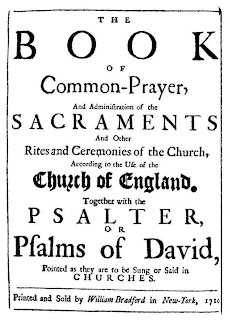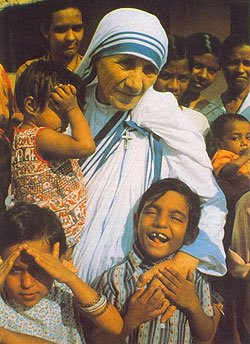
I promise not to blog overly much on the melodrama of the Anglican Communion. Last week I chipped in a few words on this blog, and I’ve enjoyed hearing the responses. A few additional thoughts and observations to expand on some comments I made today at a Rector’s Q&A after our worship:
First, let me offer a bit of factual perspective: There are four dioceses which have declared their secession from the Episcopal Church – four out of 110 dioceses. The four that have gone are small. How many people do they represent? Judging by total reported attendance, the breakaway dioceses boast, at best, about 20,000 people, and that is assuming everyone in all four dioceses have left the Episcopal Church, which they have not.
To put that in perspective, the total attendance for the Episcopal Church is about 804,000, so the breakaways represent a bit more than 2 percent. In terms of membership, we are at about 2.15 million, and the breakaway churches have about 49,000 members (again assuming all 49,000 are seceding, which they are not). To put it another way, the total communicants of the Diocese of Virginia is considerably larger than the four breakways dioceses combined. Again, do the math – they may be loud, but the breakaways aren’t large.
Many churches within the breakaway dioceses have declared they will remain in the Episcopal Church regardless of what their bishops and diocesan conventions do. The
Cathedral for the Diocese of Quincy, in Peoria, Illinois, voted to remain in the Episcopal Church.
The Diocese of San Joaquin, in the Central Valley of California, has 19 of its churches – nearly half – staying with the Episcopal Church.
Next, let me offer a few observations about all of this:
The breakaway bishops agree on one thing: they don’t want gay people in the church. Beyond that, they are already finding it difficult to find common agreement, much as they label what they are doing as a “common cause.”
There are already schisms within the schismatics. Bishop Jack Iker of Fort Worth, who has for years been vocally against the ordination of women, has already said he is in a state of “impaired communion” with another of the breakaway dioceses because that bishop is ordaining women.
And just because a group of disaffected former Episcopalians wish to call themselves “Anglican” does not make them Anglican any more than it makes them astronauts. The definition of what makes an Anglican an Anglican has to do with being in communion with the Archbishop of Canterbury. The breakaway bishops have not been recognized by the Archbishop and they’ve given no indication that they even wish that recognition.
Lables aside, those who are following these bishops ought to pause and ask how some of these bishops got to be bishops. Although some were bishops in the Episcopal Church, others were not elected by any convention of laity and clergy. Some, like Martyn Minns of Virginia, were ordained bishop in an irregular, unorthodox manner by Anglican bishops from Africa, Singapore and elsewhere. It is unclear how bishops in this new so-called “Anglican province” of North America will be selected; by whom and how? My friends in the Diocese of San Joaquin, whose bishop took the diocese into the province of the Southern Cone (Argentina), have been asking for months to see the canons for Argentina, to no avail. The rules appear to be what these breakaway bishops say they are.
Although the breakaway bishops and their followers have created layers of organizations with important sounding names, that does not legitimize them as Anglicans, nor does it makes their actions legal. David Anderson, who heads one of these self-appointed organizations, the “American Anglican Council” (and he is another of these irregularly consecrated bishops), gave a description today in his weekly on-line newsletter of the organizational structure and how the organizations are interrelated. If you can sort this out, you are doing better than I am. Here’s Anderson on this:
“The formation of ACNA, which is a coming together of Anglican judicatories under an Archbishop, leaves two of its sponsoring organizations in a here-and-there position. Both Forward In Faith-North America (FIFNA) and the American Anglican Council (AAC) are advocacy and affinity organizations that overlay actual ecclesial judicatories, and although both are presently headed by bishops, the bishops and the members are all embedded in separate actual church structures.”
Huh? Who got to decide all that? Were the regular church-going pledge-paying faithful people sitting in the pews on Sunday in Fresno or Fort Worth or Quincy ever asked if it was OK with them to be shunted into one of these “ecclesial judicatories” and be summarily ex-communicated from the Episcopal Church? And if just one person objected to leaving the Episcopal Church, by what authority did a bishop, or a “ecclesial judicatory,” decide that a majority had the right to tell that one person he or she could no longer be an Episcopalian?
Finally, there is paranoid secretiveness to the breakaways. Anderson in his weekly missive noted yet another new organization, this one to have secret membership. To quote Anderson again:
“Because some TEC [The Episcopal Church] bishops are hostile to members or congregations joining or remaining a part of the AAC because of our clear stand against the increasing heterodoxy of the Episcopal Church, a new type of membership is available, called ‘In Pectore,’ which means in the heart. It will be an unpublished list of members who individually know that they are members, and we know that they are, but no one else but God knows that. This list will be treated as Top Sacred [sic], realizing the danger that is present for the orthodox today in many TEC dioceses.”
Amidst all of this murkiness and muck, there is an important challenge to all of us: We should not be letting the princes of negativity hijack the language of orthodoxy, the authority of Scripture, our voice in speaking out against evil and sin, and most especially our embrace of the love and grace of Jesus Christ. Our Lord and Savior challenges us to make room for all people at the Table, sinners and saints alike, and to be the hands and feet of love, healing, forgiveness and reconciliation in the world. We don’t get a pass on our mission because of the distractions of church politics.

 We are reconnecting with friends and family, Sacramento, Berkeley and the City by the Bay. It is good to be here, good to reconnect.
We are reconnecting with friends and family, Sacramento, Berkeley and the City by the Bay. It is good to be here, good to reconnect. 
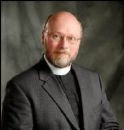








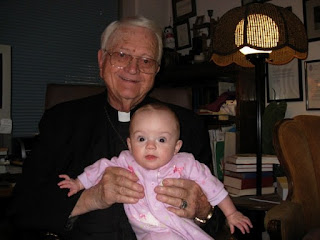

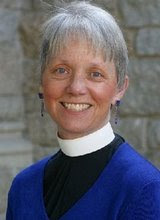







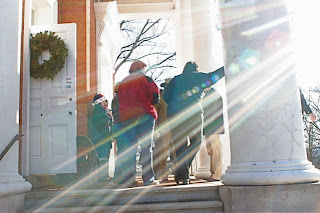
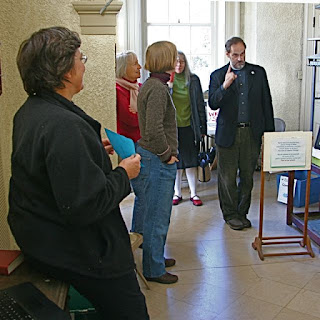
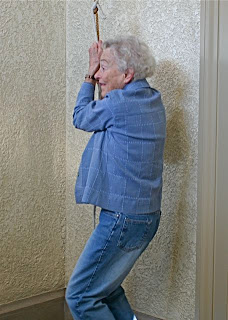
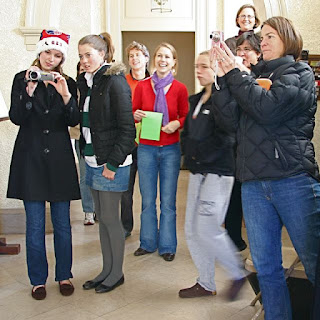


 Whether you believe in the story, or believe it happened exactly that way, is less important than what she represents primarily to the people of Mexico and elsewhere in Latin America. Her shrine near Mexico City is the most visited Marian shrine in the world.
Whether you believe in the story, or believe it happened exactly that way, is less important than what she represents primarily to the people of Mexico and elsewhere in Latin America. Her shrine near Mexico City is the most visited Marian shrine in the world. filled with Aztec symbols. She is the Mary of hope to the poor of the Americas.
filled with Aztec symbols. She is the Mary of hope to the poor of the Americas.